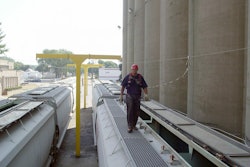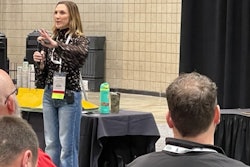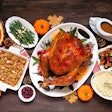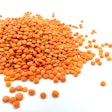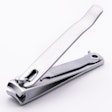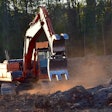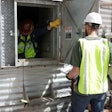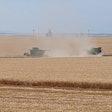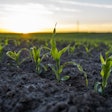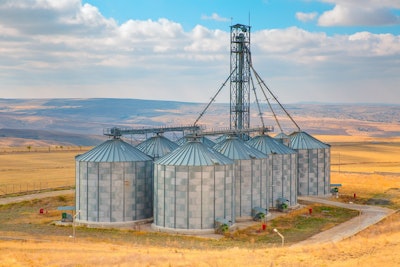
Throughout the supply chain, grains are exposed to quality and safety issues from human behavior as well as contamination.
A recent installment in the global webinar series of Selko, the feed additive brand of Nutreco, convened experts from GMP+ and Selko’s raw material quality team to discuss the value of building a feed safety culture and mitigating potential risks to safeguard grains used in animal feed.
Proactive steps to avoid product recalls
Feed safety breaches can threaten more than animal and human health. A product recall or regulatory violation related to feed or food safety can potentially erode customers’ trust in a business and even threaten its license to operate.
Implementing proactive steps to protect feed safety and assure quality may also help reduce liability risk. Being recognized as a supplier with consistently safe products can be more important than having the lowest cost ingredients.
The ability to prove that feed inputs are safe, and that adequate due diligence protocols are in place to safeguard food safety can differentiate a trustworthy supplier from others in the marketplace.
Why you need a food safety culture
Implementing a feed safety culture is a foundational step in protecting grain, safeguarding feed, and consistently producing high-quality animal feed.
A company’s commitment to feed safety is reflected in its feed safety culture. For example, employees’ understanding that ingredients must meet quality parameters before being accepted. Their willingness to comply with these standards is an example of a feed safety culture in action.
All team members should demonstrate the ability, capability and willingness to support a feed safety culture. Achieving buy-in requires knowledge transfer across the organization, developing employees’ technical skills and ongoing communication.
Gaming the system through fraud
Unfortunately, there are some who will try to gain financial advantages by misrepresenting their product.
Animal feed fraud can include substitution of ingredients, use of ingredients that arrive in a contaminated condition at the processing plant or are intentionally mislabeled.
Fraud can occur at any point in the supply chain and employees need to be trained to find it.
Potential signs of feed fraud include products being offered below normal market price, shipping from an atypical location or following a non-logical transportation route, products having a different look or smell, unexpected results in the finished feed analysis, or reduced production.
Grain quality at every step
Throughout preharvest, harvest, storage and transport, grains face damage both quantitatively – from spillage, spoilage or damage – and qualitatively – loss of grain quality.
- Growing crops can incur damage from severe weather, pests and inadequate soil quality and may see the beginning of problems like mold growth.
- Post-harvest challenges include contamination by foreign materials, mold or bacteria growth, mechanical damage and issues with drying.
- Wet grain is at increased risk for mold growth and has a reduced shelf life. Couple that with sub-optimal storage practices and the risk for further mold and bacteria growth will increase significantly, while grain residue can contaminate clean grain coming into a storage structure.
- Transportation considerations include how the grain is being stored and the duration of transport.
Some considerations for preserving grain during storage and transport include making sure the optimal form of storage is selected, controlling moisture and ensuring adequate ventilation to reduce moisture build-up. The capability to observe conditions within the storage facility or modify temperatures also can help maintain grain in reasonable condition.
How to increase mitigation efforts
Actions to help check and protect the safety of grains include applying additives to protect grain quality, analyzing ingredients and using relevant maintenance tools.
Ingredient analysis can help identify safety issues like contamination by salmonella, mold or mycotoxins, while also assessing elements that can alter shelf life, like moisture and pH value, or conducting a shelf-life estimation test.
Grain quality also can be supported with additive use. Stored grain, especially when faced with variable storage conditions, may provide the perfect environment for microorganisms to grow, potentially altering grains’ nutritional value and reducing shelf life.
There are risks faced throughout the supply chain and grain can be contaminated, noted Pieter Steyn, technical commercial manager for Selko's raw material quality program.
“For all of us in the animal feed sector, it is our responsibility to maintain a feed safety culture across our organization and show a willingness to provide our animals with quality ingredients,” he said.
The webinar can be watched in its entirety here.





